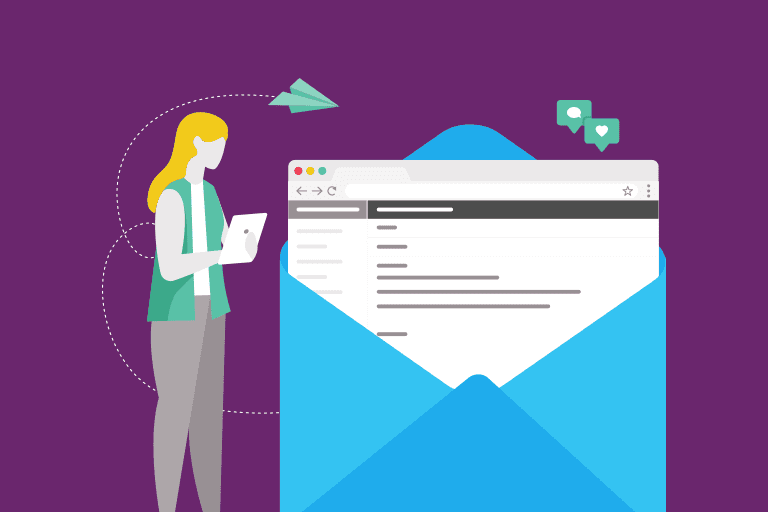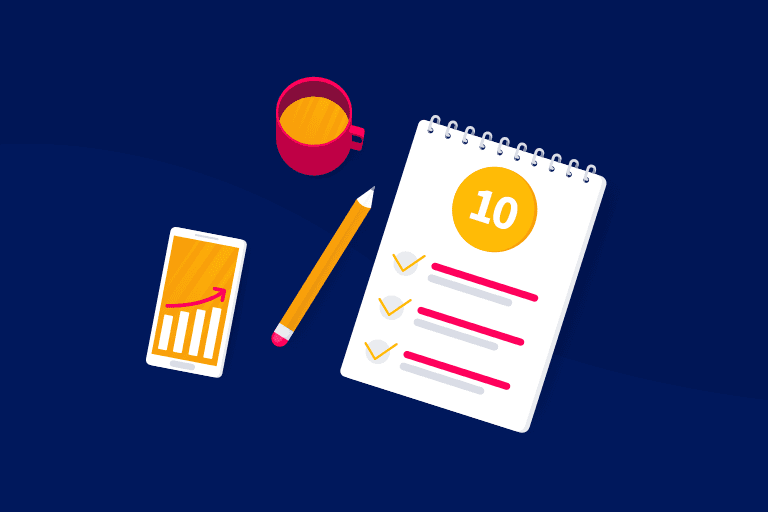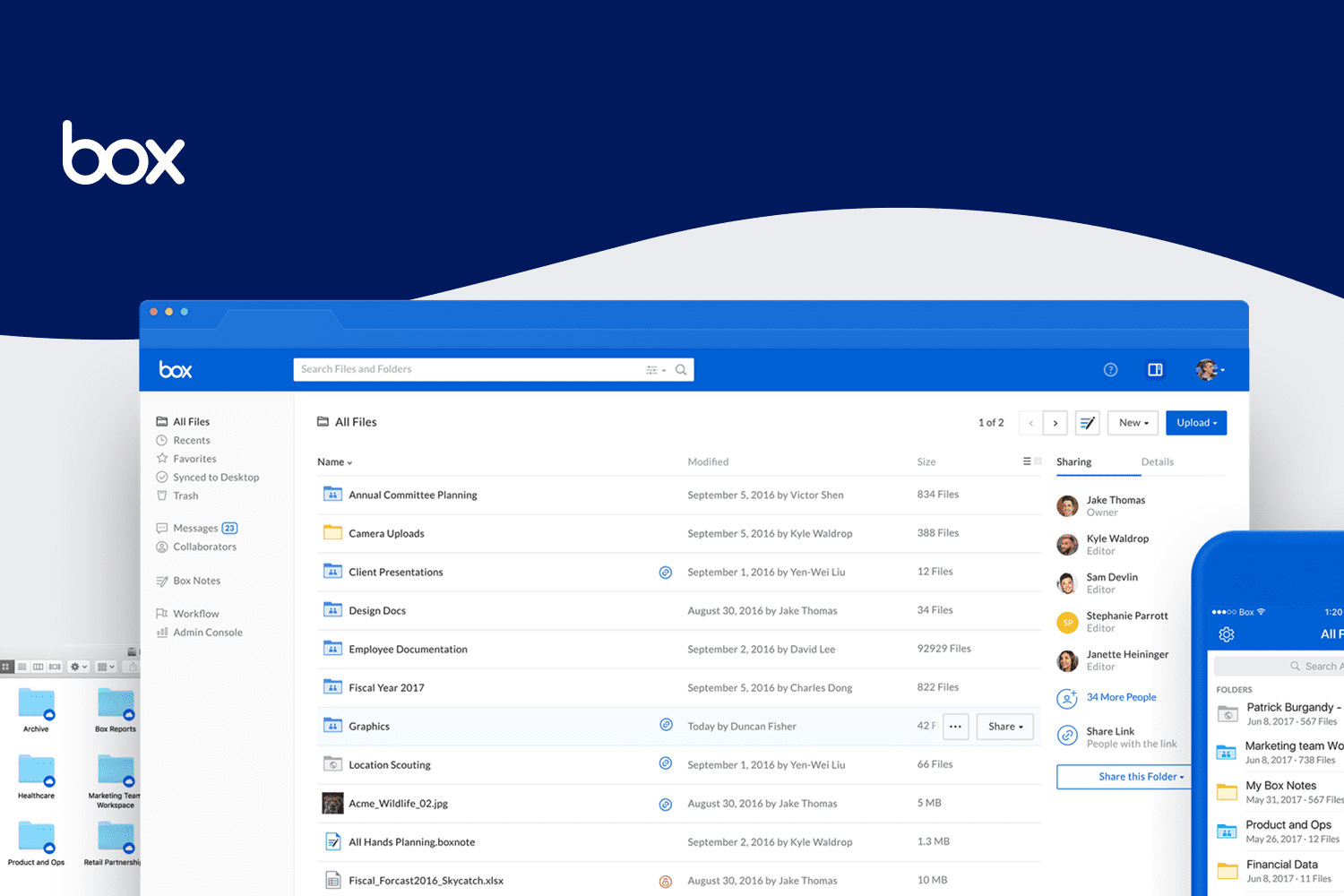An Introduction to Modern ESPs
How to Prepare for Growth
“Good enough” is a dangerous phrase. Many organizations look at their marketing technology stack and think, “We’re hitting industry standard metrics. It’s good enough.”
And yet, good enough is often indicative of missed opportunities.
With regards to email service providers (ESPs), hesitation to look beyond “good enough” comes from a variety of sources. Whether it’s a limited budget, lean resources, or lack of time, too many companies are handcuffing themselves to an entry-level ESP, leaving valuable insights and millions of dollars on the table.
An entry-level ESP—a single channel provider for batch marketing campaigns—is great for laying the groundwork for marketing success. In some cases, that is, in fact, good enough. However, if your company is looking to significantly scale users, engagement, and ROI, these systems’ limitations in flexibility and scalability will delay—even halt—progress.
As of 2018, nearly two-thirds of marketers agree that the martech landscape has evolved rapidly, but only 28% feel the same about their company’s use of martech.
Growing companies reach an inflection point where they stretch their system’s user base and data limitations to the max. At this point, it’s time to pursue a solution that can handle your success now and into the future.
The modern ESP empowers marketers to build personal relationships with customers at scale. And it’s all possible with a lean marketing team.
We’ve Got You Covered
This introduction to modern ESPs is here to show you that moving beyond “good enough” is actually simpler than you think. In the following pages you will find an outline of how a modern growth marketing platform improves upon entry-level concepts and features. You’ll also learn what questions you should be asking to find the right platform for your business goals.



































